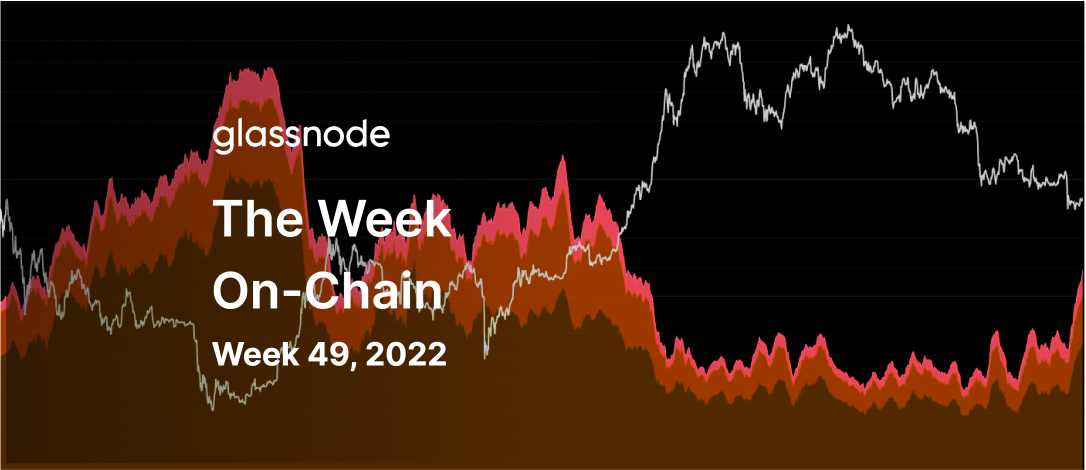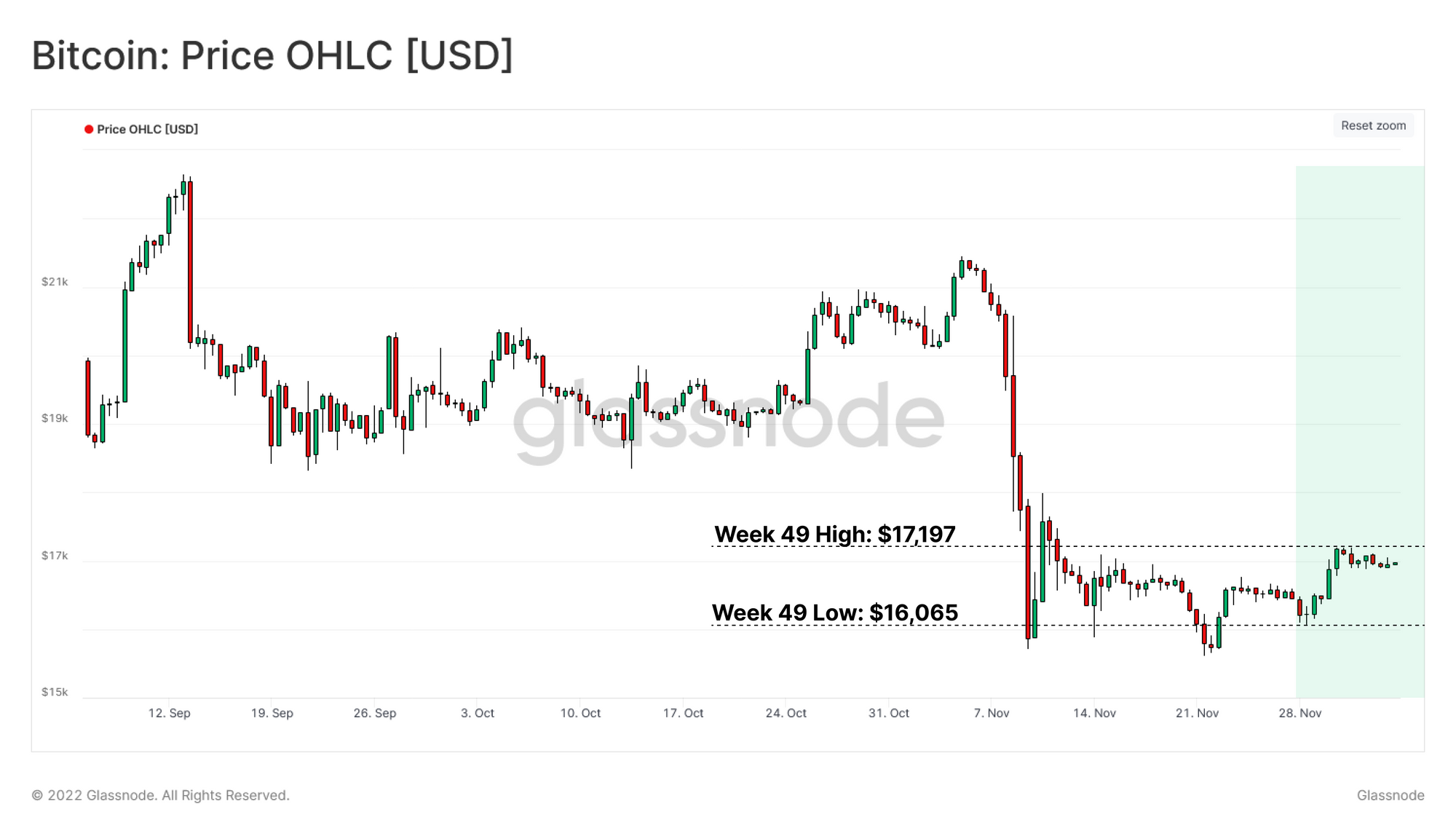A Capital Reset
In the wake of one of the largest deleveraging events in digital asset history, the Bitcoin Realized Cap has declined such that all capital inflows since May 2021, have now been flushed out. There is an associated uptick in on-chain activity, however it lacks substantial volume follow through.

The Bitcoin market has seen considerable consolidation above cycle lows following a tempestuous few weeks in the wake of the FTX implosion. Price action has seen a strong recovery of near 10%, bouncing from range lows of $16,065 to a high of $17,197.
In this weeks edition, we shall explore the severity of losses experienced by market participants in what appears to be the largest deleverging event in digital asset history. We will also explore the subsequent effects on both network activity and and demand for blockspace, and what it tells us about current market structure.


